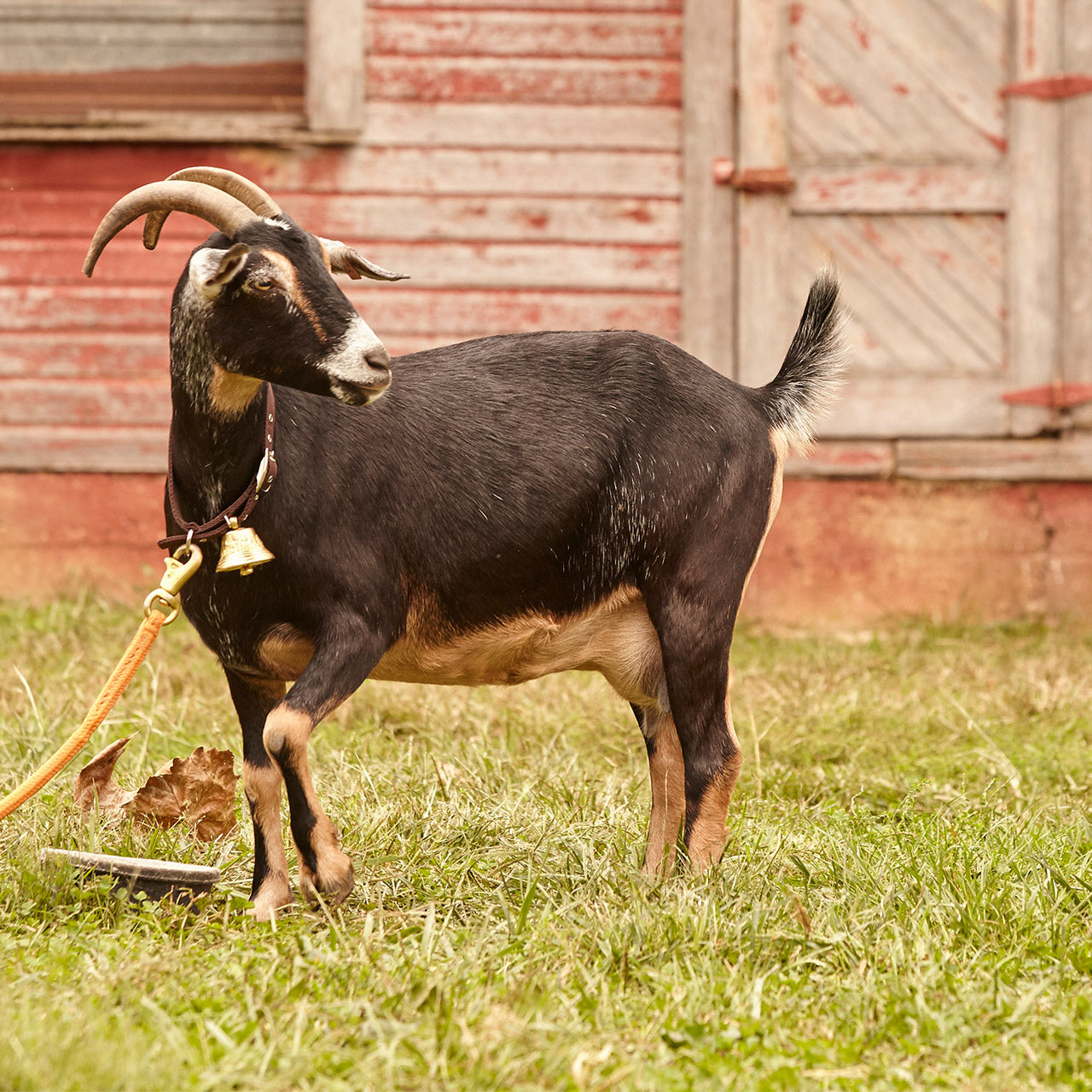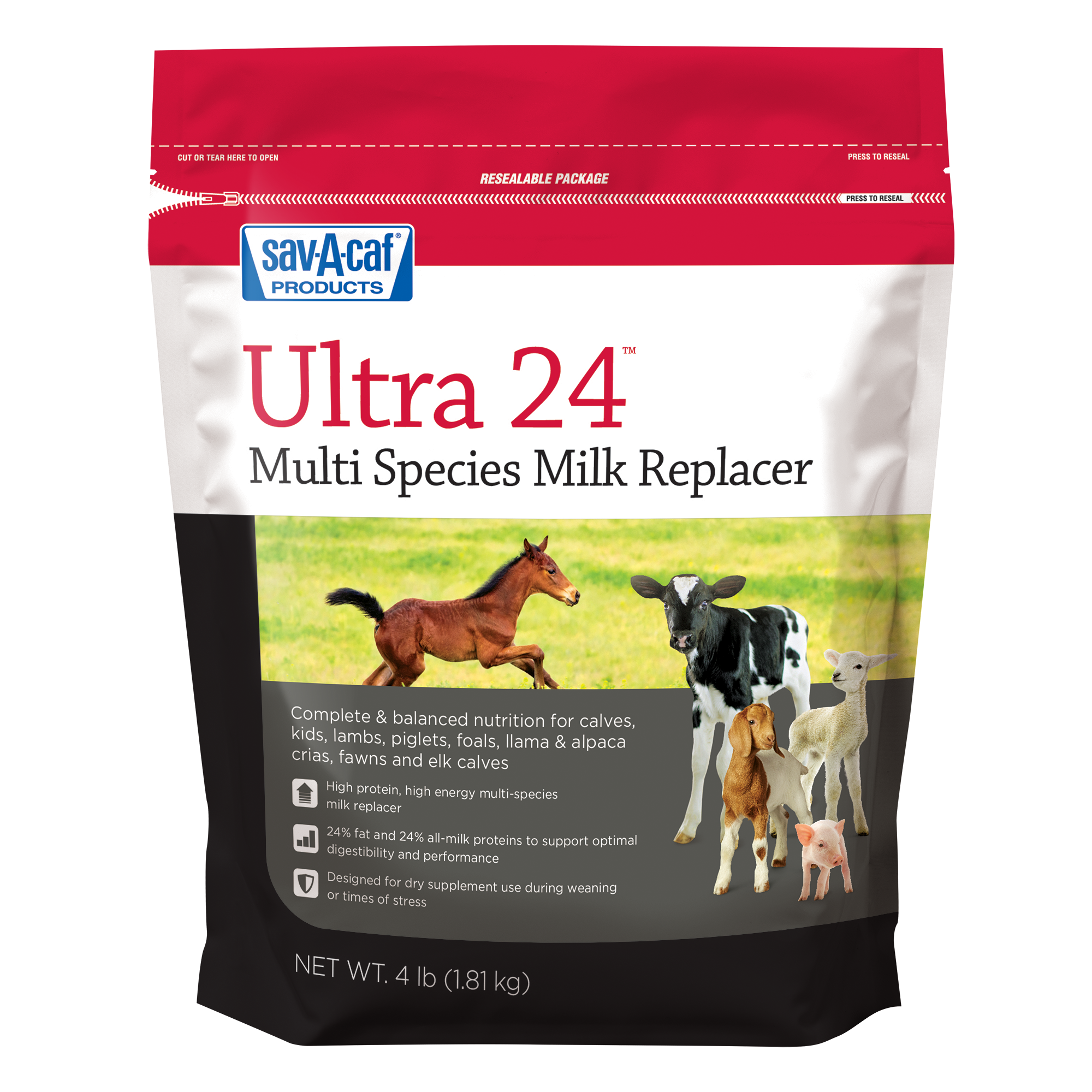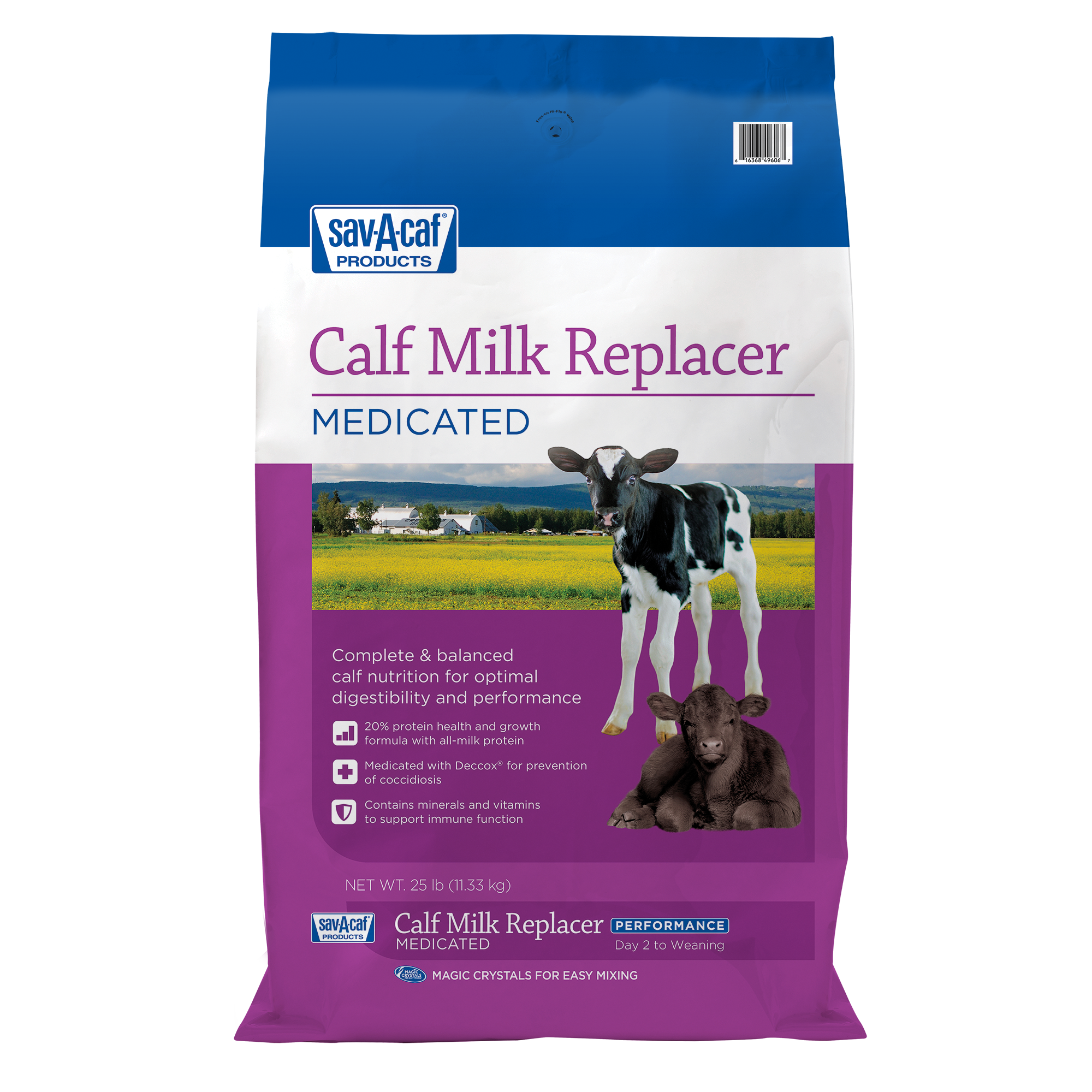
How to prepare for the birth of goat kids
Congratulations, it’s a kid! Welcoming new baby goats into your herd is an exciting time but it can also be nerve wracking if you’re new to it. Fortunately, with some research and preparation, you’ll be ready for anything.
Here are some important things to know before your doe gives birth.
The signs of labor
It is important to recognize the signs your doe may be going into labor so you can be best prepared to welcome your newest addition to the farm.
If you know when your doe was bred, her gestation period will last approximately 150 days. If you don’t know when your doe was bred, however, she will start to look rounder and will begin “showing” at around the two-month mark. Goats can have anywhere from 1-4 kids, sometimes even five, per pregnancy, but twins are most common. A healthy newborn goat will likely weigh between 8-11 pounds at birth.
You will want to provide a sanitary birthing location, so make sure to keep the stall bedding clean and dry or that she is rotating to clean pasture frequently.
When your doe is about 10 days from labor, you will want to watch closely for any signs that labor may be approaching sooner than expected. To do this, check on her at least four times per day or place a baby monitor in the birthing stall in order to watch her more constantly. To spot clearer signs of early labor, shave your doe’s udder, belly and tail area. This will also make it easier to clean up after birth. Some common signs of labor include:
- Loosening of tailhead ligaments: Place your hand over the base of the doe’s spine, near where the tail begins. With the thumb on one side, and your fingers on the other, feel for a change or softening of the ligaments below the skin. When the ligaments are so loose that you can almost touch fingers to thumb, labor may be just a few hours away.
- Long string of mucus under the tail: White discharge can occur for several days before labor, but an amber color indicates the presence of amniotic fluid and impending birth.
- Looking “hollowed out” with prominent hip bones: This is a sign that the kid has moved into the birth canal.
- Raised tailhead or arched back: This is a sign that the doe is having a contraction.
- Restlessness or pawing at the ground: It can be hard for your doe to get comfortable if labor is approaching.
- Any other unusual behavior: Your goat may be behaving out of the ordinary, such as being more affectionate or vocal or standoffish. Any behavior that is unlike her usual self may be an indication that she will give birth.
What to pack in your birthing kit
When it comes time for your doe to give birth, make sure you are as prepared as you can be. Assemble a birthing kit to ensure the smoothest delivery for your doe. A well-stocked kit should include the following items:
- Flashlight: This will ensure you can see all the details of your laboring doe and newborn kids.
- Several clean, old towels: This can help to cover the bedding during birth, dry off the new kids and clean up any birthing fluids. Pro tip: Puppy training pads also work well as a birthing surface!
- Sharp scissors and dental floss: This will be essential in cutting and tying off the umbilical cords if needed.
- 7% iodine tincture and an empty prescription bottle: Use these items to dip your newborn kids’ umbilical cords. The pill bottle is a good shape and size to hold the iodine during dipping.
- Betadine surgical scrub: This will sanitize your supplies or hands in case your doe needs birthing assistance.
- Sterile lubrication: If you need to enter your doe’s vaginal opening to assist with the birth, this will be essential.
- Garbage bags: This will help you collect afterbirth and soiled towels.
- Bottle and nipple: If your new kids are unable to nurse immediately after birth, have this on hand to give them the nutrients they will need.
- Colostrum replacer or supplement: This will be what you need to feed your newborn kids if they are unable to nurse from their mother immediately after birth.
- Electrolytes: This can replenish your doe’s loss of electrolytes during the birthing process and can help address the loss of body fluids kids may experience due to diarrhea.
The stages of birth
You may not have a large role in your doe’s delivery, but it always helps to be knowledgeable about what labor may look like. In the first stage of labor, your doe will have milk contractions that start as early as 24 hours before birth. Check on her often during this time. In the second stage of labor, you may see the water bag, which may or may not break, and sometimes a second, darker-colored bag. This stage lasts about an hour in a normal delivery.
A normal birth position will include the kid’s nose and front toes first. Seeing only the nose or only the toes may indicate you will need to offer the doe some assistance. To ensure the best delivery for your doe and new baby goat, have an experienced veterinarian or goat owner on-hand to help with any complications that may arise.
In addition to preparing for a healthy birth, it’s also important to have a plan in place for properly feeding your new goats. Find out what nutritional needs your goat kids will have in the first hours and days.



